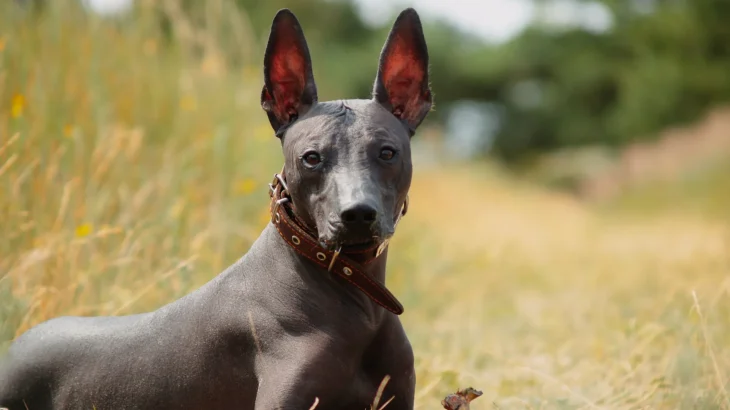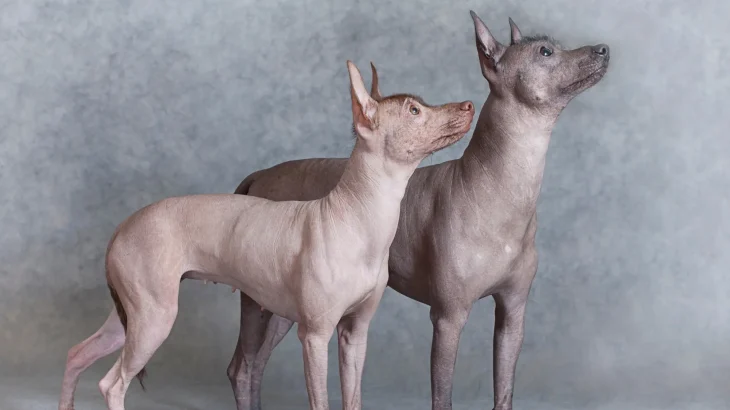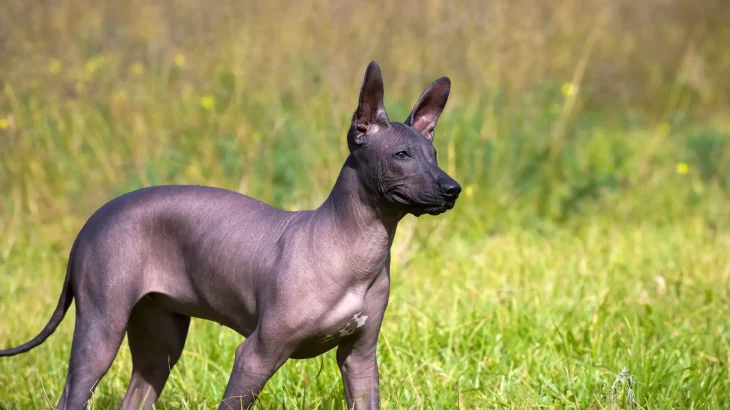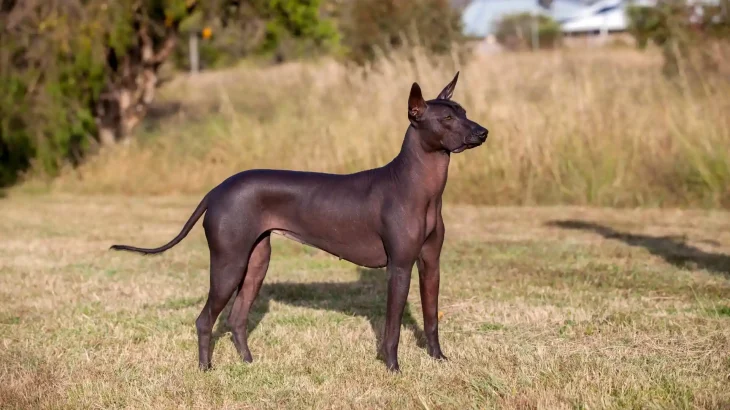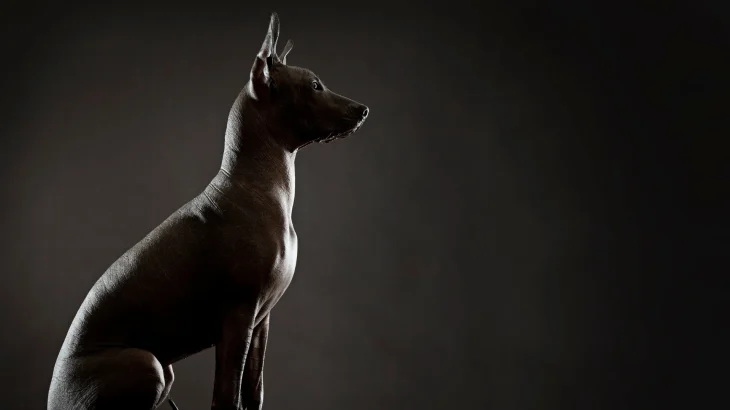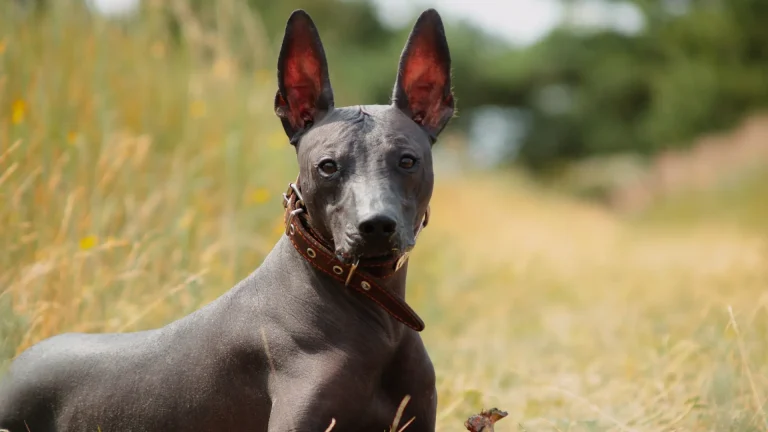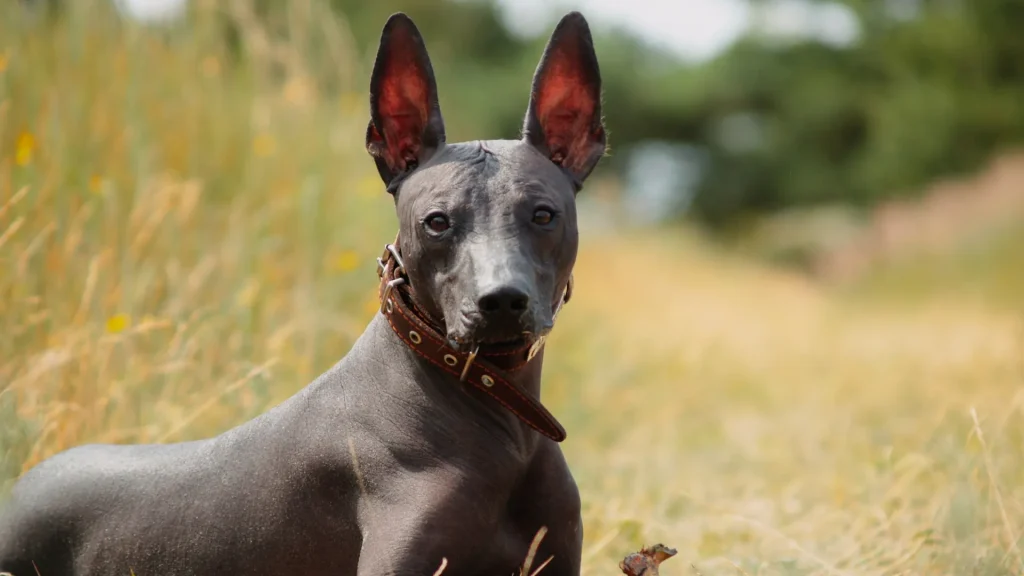Deciding whether to adopt or purchase a Xoloitzcuintle puppy can depend on your priorities such as knowing the puppy's health background and supporting ethical practices. Purchasing from a breeder usually offers clearer insight into the puppy's lineage and health, while adoption provides a valuable chance to give a home to a dog in need.
| Criteria | Buying from Breeder | Adopting from Shelter/Rescue |
|---|---|---|
| Cost | Generally higher initial investment, reflecting pedigree and breeder care. | Lower adoption fees, often including vaccinations and initial vet care. |
| Health History | Comprehensive health records and genetic testing are often provided. | Health background may be limited or unknown, but basic vet checks are typically done. |
| Age Availability | Mainly available as puppies, allowing early bonding and training. | Variety of ages available, including puppies and adults. |
| Temperament Insight | Breeders can offer knowledge about lineage temperament traits. | Temperament observed by shelter staff, but full history may be unclear. |
| Supporting Practices | Supports breeding programs when choosing responsible, ethical breeders. | Supports animal welfare by rescuing dogs who need loving homes. |
| Breed Purity & Pedigree | Assured breed purity with documentation and often registered pedigree. | Breed purity may be uncertain or mixed; documents often unavailable. |

